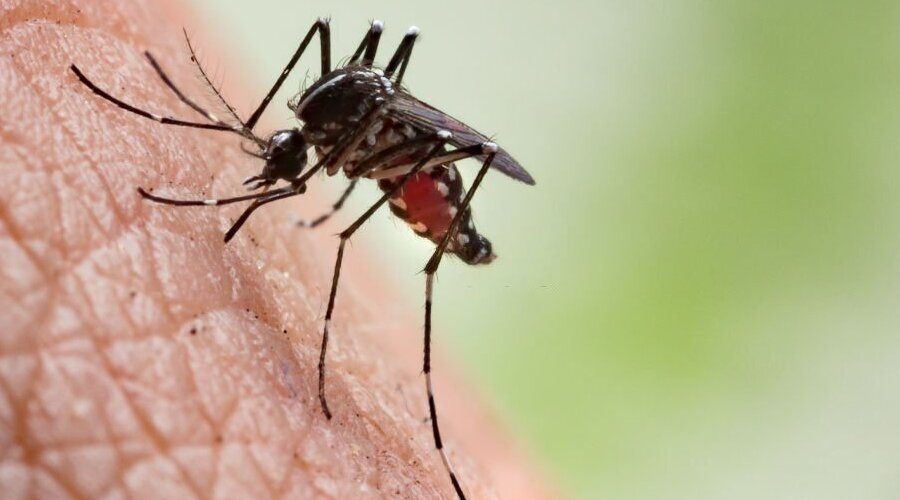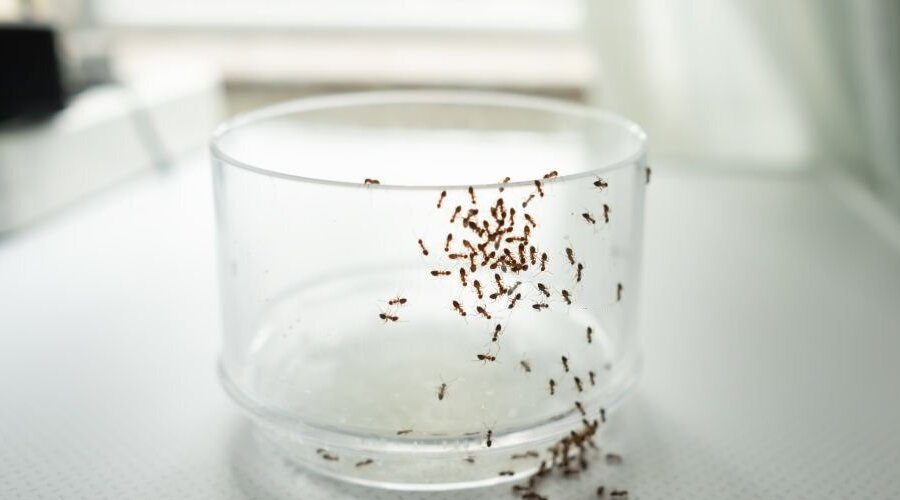Why are Pests More Active in Summer
Factors Contributing to Increased Pest Activity During the Summer Season

It can be really frustrating when summer shower comes, only to find that your home has suddenly become infested with pests.
So why are some pests more active during the warm climate?
Eco Pest Control Perth, the best pest control service provider, tells us that it’s because certain conditions prevail in the warm months making for an ideal breeding ground for common pest of all kinds.
In this article, we will discuss which of these conditions contribute to increased pest presence in warm weather and what you, as a homeowner, should look out for.
Then finally we’ll recap on five prevention and control strategies that you can use to keep your home pest-free.
1. Increase in Temperature and Humidity
It’s a combination of an increase in humidity, even body temp. And when those two things occur, it creates all sorts of opportunities for insects and other critters to thrive. This means they’re likely to propagate at an alarming rate. For example, most insects’ metabolism increases in extreme heat. Meaning they need some form of hydration to keep them cool. This is in addition to needing meals and shelter. Couple this with high humidity and you have yourself a perfect little oasis that’s practically begging bugs to come in and stay. Plus, whilst many pests and stinging insects hate the winter season, high hotness can also help them to survive longer so they can reproduce faster.
2. Access to food and shelter
It’s no wonder that these pesky creatures are more common during hot summer days as compared to winter months. Not only do they have a steady availability of food and shelter throughout the season. But they can also reproduce in great numbers due to an increase in humidity. So coupled with long days of drinking from the outside faucet or fruit trees around your house, these pests seem to almost multiply overnight. Bird feeders in particular provide a much-needed assets for birds. But unfortunately, they’re also often used as convenient restaurants by other unwelcome guests like rodents and insects looking for a quick bite.
3. More Reproduction
As mentioned earlier, the combination of increased heat and extra moisture means that certain pests are able to reproduce more efficiently. Also, their longer life cycle. Warm, wet conditions allow rapid development from egg to adult. Most of them will complete a generation in less than 4 weeks given optimum environmental conditions. This then allows some species such as rodent and cockroaches to rapidly increase their population size which could lead to serious infestations if left unchecked. For example, you could find yourself dealing with several generations of them each summer simply because of the favourable climate for reproduction. Taking quick action at the first signs of such infestations is essential for prevention and control purposes.
4. Longer Daylight Hours
The length of the day also plays an important role in encouraging pests to move around and feed more freely. When days are shorter, they’re restricted by the amount of darkness available which limits their search for materials. However during summer when days are longer, some of these pesky pests can make up a lot of lost time before dark falls and they’re once again confined to their protective places. Additionally, certain species prefer summer for feeding. So with peak warmth lasting throughout most of the evening in summer, it creates a prime environment that encourages a host of them to come out for a late-night meal.
5. Increased outdoor activities
Increased activities during summer can attract a host of pests to your home. For example, picnics, camping trips, and garden parties are all popular activities that leave behind residues that may be attractive to certain bugs. If you’re hosting an event outside then make sure you clean up any leftovers afterwards to reduce the chances of pest population coming sniffing around in search of morsels. Also, regular maintenance such as keeping lawns mowed and removing fallen leaves from the garden is a great way to eliminate hiding places for some of these tiny creatures looking for a spot to call home.
6. Increased Moisture
Warm climates are usually accompanied by higher levels of wetness, which can then increase moisture in the soil and surrounding areas. When this happens, it encourages a variety of pests to take advantage of this ideal habitat. For instance, certain kinds of insects like mosquitoes are attracted to bodies of liquid such as old tires, flower pots, and other overflowing containers. In search of wet environments in which they can lay their eggs. As such, these types of pests can be particularly troublesome during damp atmospheric conditions.
7. Hitchhiking
Hitchhiking is another common way pests like fruit flies, termite, and other parasites can spread. When you visit the beach or camping ground, it’s possible for some bugs to attach themselves to your clothes and luggage, which they then use to “hitch a ride” back home with you. And when you arrive, these unwanted passengers are generally ready and willing to start looking around for shelter. So if you’re planning on a summer of outside activities, make sure your bags are properly checked before bringing them in. As this tiny precaution could be the difference between an impromptu pest infestation or not.
8. Pest biology and behavior
The biology and behavior of specific plant pests can also affect their activity levels during summer. Differences in behavior from species to species can lead to more or less population sizes in certain areas. For example, certain insects may have peculiar traits that make them more or less active during warmer temperature. Additionally, some species of ticks may become more prevalent during the summer and jump from person to person as they prefer warm, humid environments for multiplying and laying eggs. On the flip side, other creatures like raccoons may be less active due to a decrease in sources of meal. Meaning that they’ll be less likely to stick around and cause any trouble. Understanding the different habits of various pests is one way of minimising your chances of an infestation this summer.
9. Abundance of resources
The plentiful riches around your property provide a much-needed attraction for pests who are looking for a place to hide away. Also, feast on tasty morsels without being detected by humans or predators alike. So not only do you have increased humidity levels, and access to neutral liquid but you now have an ample array of food sources. All of these things combined attract a host of pests who happily take up residence around your home. It makes it a potential threat to your health and well-being during the warmer months.
10. Ability to use thermal light sources
Many pests respond well to the warmth of a lamp or other artificial source. So make sure you check any outdoor lighting in case there’s something lurking beneath entry. This can also occur indoors too. So it pays to be aware and keep these hot spots away from areas where you might find nuisance congregating. This is when they become active during the hot days.
Prevention and Control Strategies for Summer Pests

1. Eliminate all sources
Keep any external containers sealed to prevent opportunistic invaders from getting in. Additionally, be sure to clean up debris such as leaves from around your yard. Lastly, they ensure there is no standing water that could serve as a procreation ground for mosquitoes.
2. Block access points into your home
A prime way for pests to get inside is through cracks or openings in walls, floors, doors, and windows. Ensure these places are properly sealed with caulk or other materials so nothing can slip through unnoticed.
3. Keep outdoor garbage areas secured
Garbage bins should be secured at all times so that scavenging animals don’t have easy access to human waste. This could contain anything from leftovers to pet food remnants. Both of which would provide an inviting snack for nearby invaders.
4. Monitor and remove existing nests
Existing nests on rooftops or in other hard-to-reach places should also be monitored regularly and removed if necessary. This will help to measure or minimise any risk of a bigger infestation occurring later in the summer.
5. Encourage natural animal of prey populations
Attracting natural predators like lacewings, beetles and more. Birds and bats are also a great way to keep pest presence at bay. They’ll work together to maintain some sort of balance within the larger ecosystem.
Conclusion
In conclusion, it’s important to be aware of how conditions such as humidity can provide an ideal environment for certain pests in your household.
Knowing which factors contribute to their increased activity during the summer months can help you take steps toward reducing any potential threats before they become an issue for you or your family.
Utilising our five methods of prevention and control outlined above will ensure that your home remains safe from pesky intruders all season long.
This gives you all the peace of mind that you need so you can enjoy summertime activities with ease.

